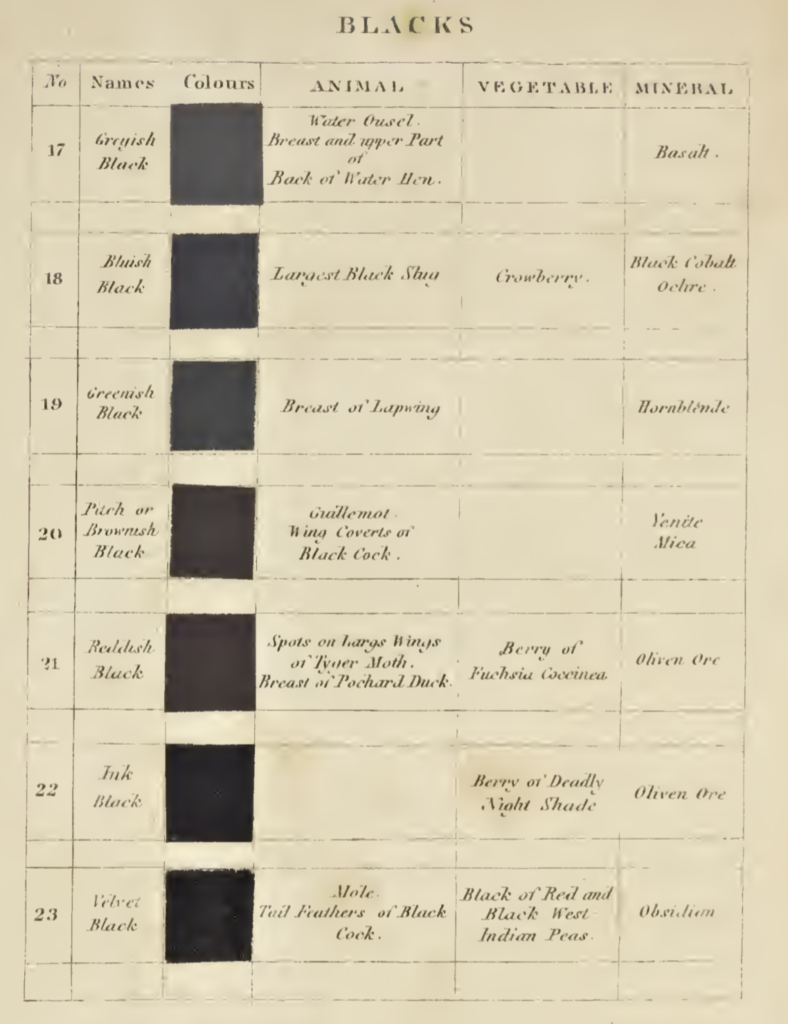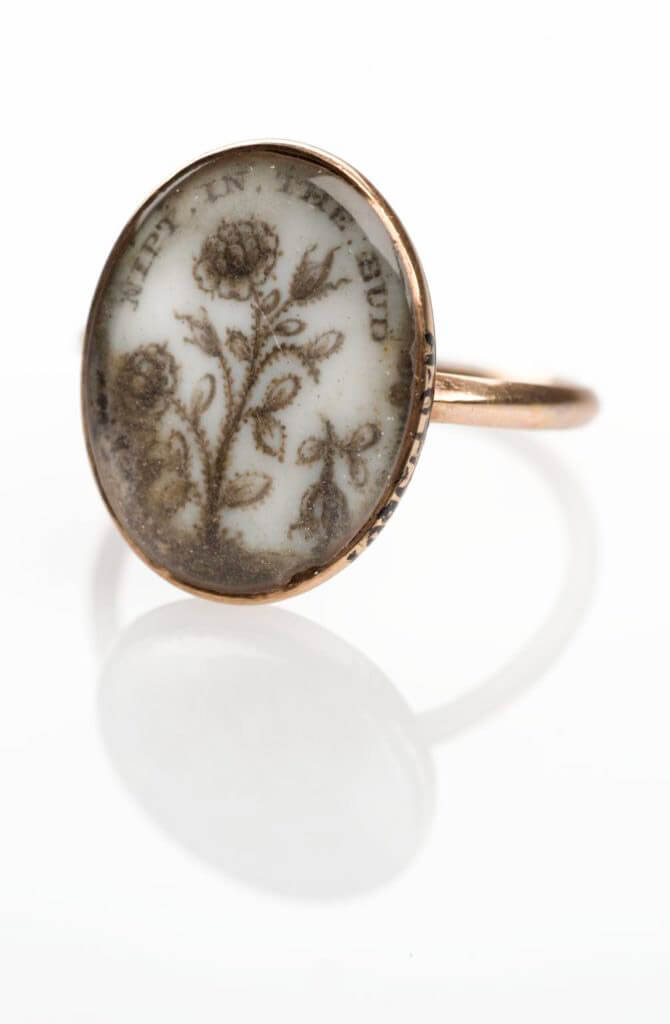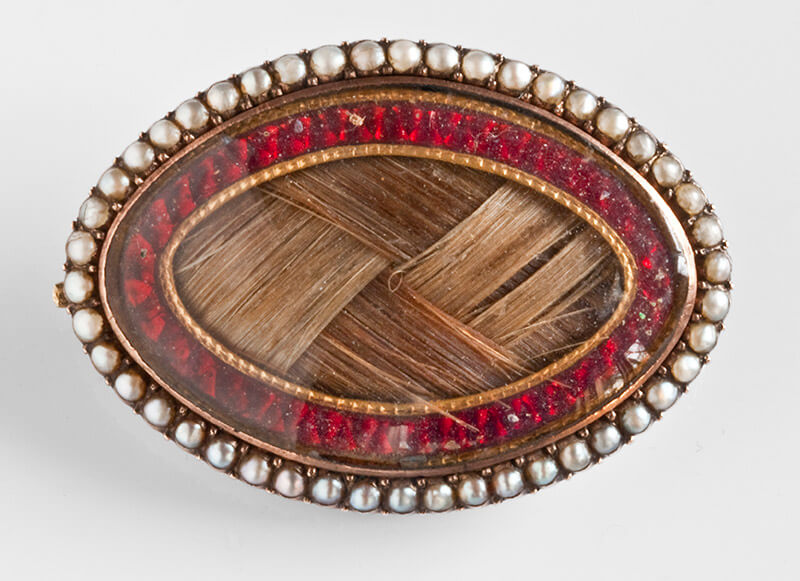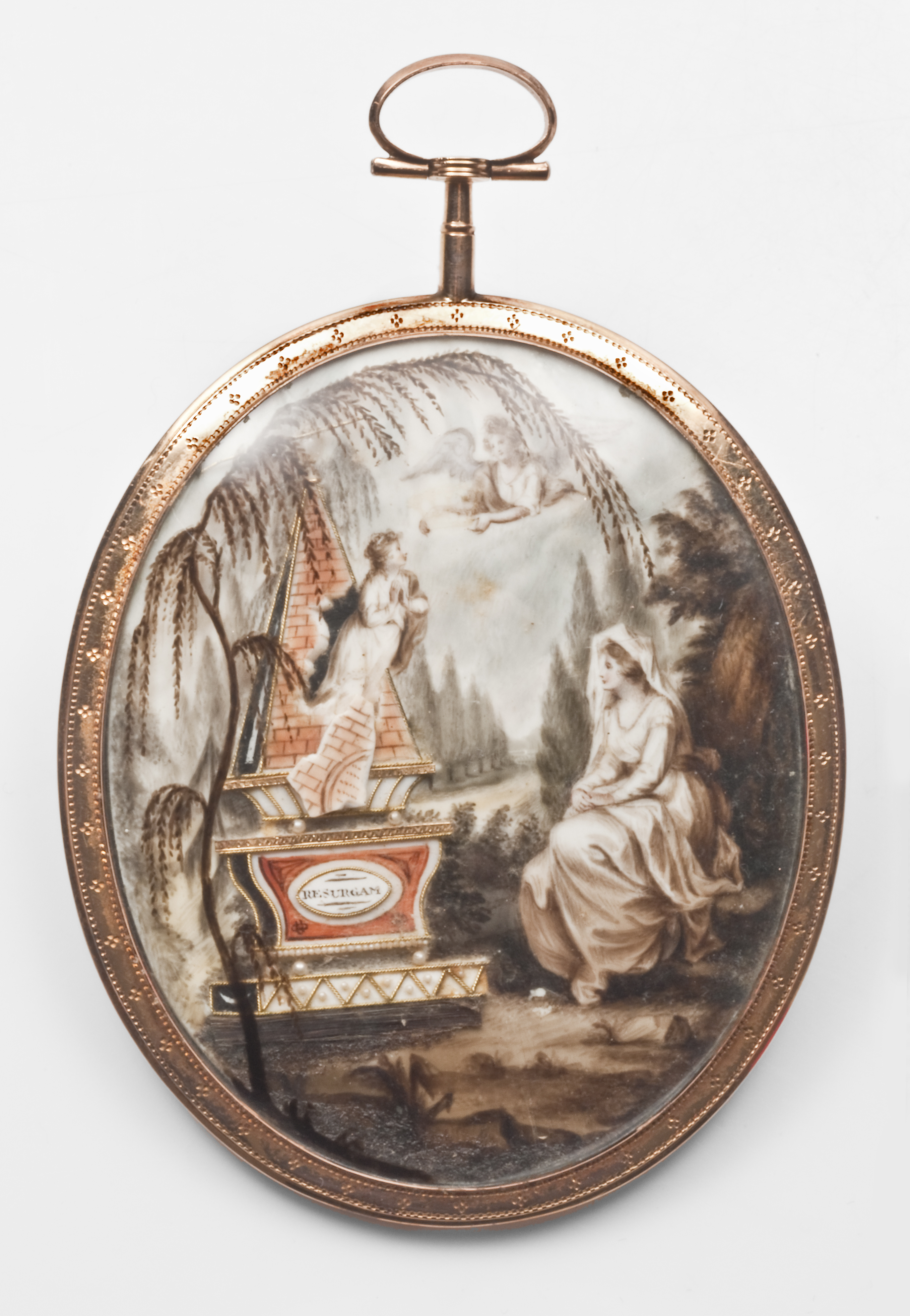Colour Theory: Part 2
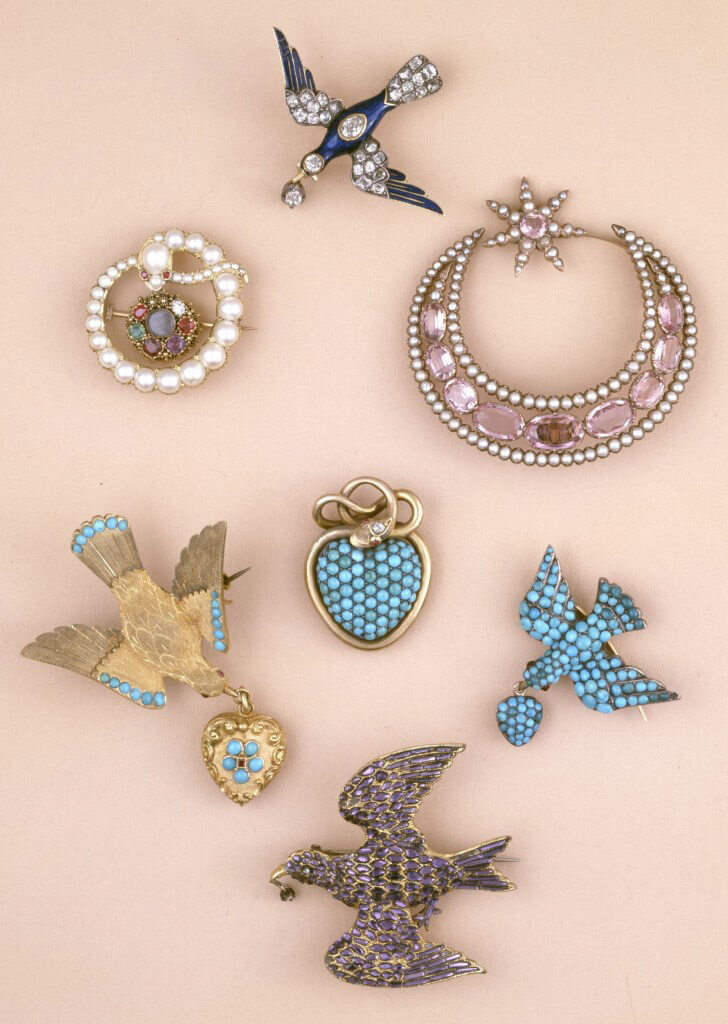
Continuing the look at the use of early late 18th – early 19th century colour use in fashion, art and jewels, Abraham Gottlob Werner’s “Nomenclature of Colours” (1814) is a prime example of how colour theory influenced society.
Jewels of the early 19th century featured less gold and more gems, which was a fallout from the French Terror and subsequent Napoleonic Wars, which led to much of the gold being used for the war effort in Europe and gems not holding their intrinsic value. Globalisation and trade routes offered better access to gems that had previously been inaccessible or difficult to reach, so gems of many colours required a sentimental value for their wearing.
Werner, a geologist, published the first modern textbook on mineralogy Von den äusserlichen Kennzeichen der Fossilien (On the External Characters of Fossils, or of Minerals; 1774). His theories mostly involved the earth and its strata, which can be seen in his Nomenclature of Colours, as can be seen in the following breakdown:
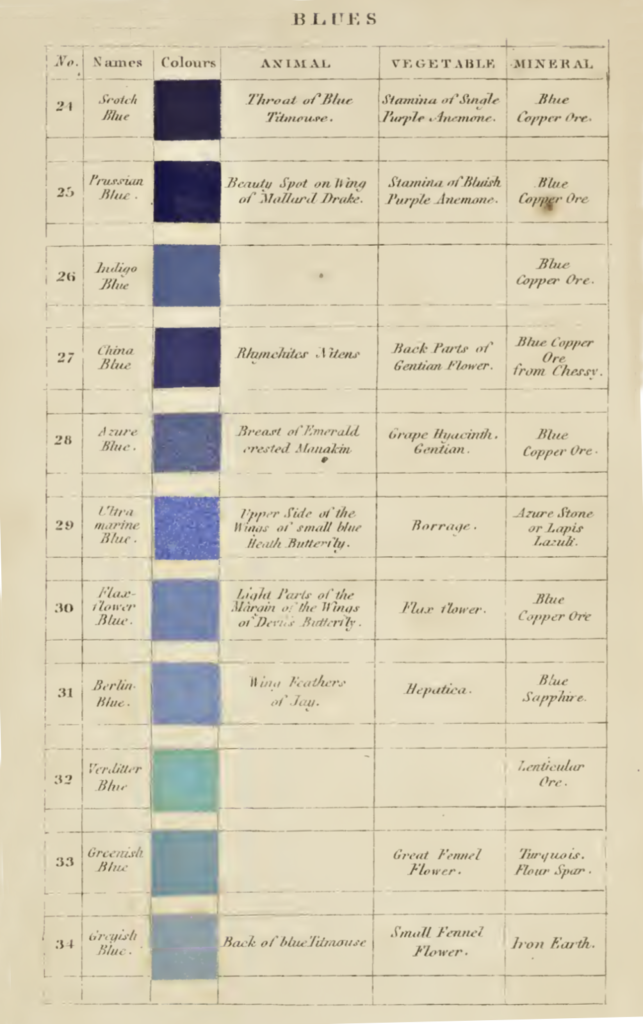
Name, colour, animal, vegetable, mineral each identify the subject of observation, making a catalogue of natural elements. Charles Darwin would subsequently use this book as a reference during his own cataloguing of the natural world.
The scientific value of this research offers insight into the psychology of colours and their use in a natural environment. This early modern science helps to define how flora and fauna interacted with each other through the most basic element of environmental colour. A predator might spot its prey with the colour being brighter in an environment, hence that might lead to extinction, so it’s no stretch of the imagination to see how Darwin used this is in his research.

As gems took on their own values and meanings, these developed over time. They weren’t an immediate reaction to the colour theory that was happening at the same time as their popularity, but they were developed with a thought to astrology and ancient theory. Birthstones and the discussion about their history varies, but these interpretations were cemented by the 19th century.
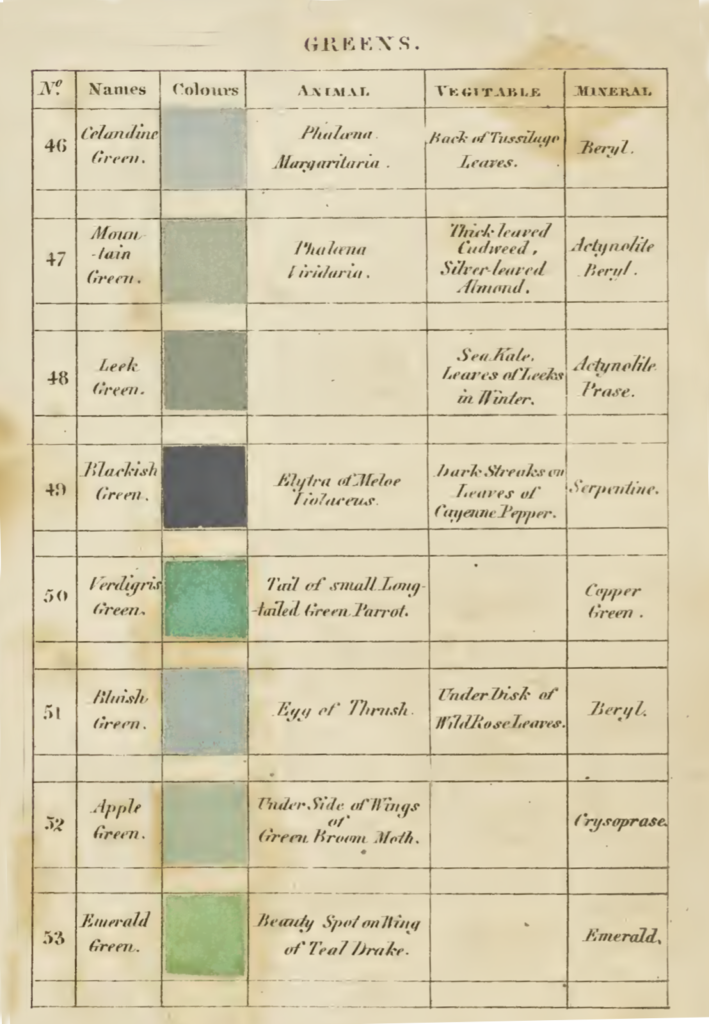
The Romantic movement only helped these modern views on classical and historical art take more prominence, which are viewed today and being older than their actual values.




